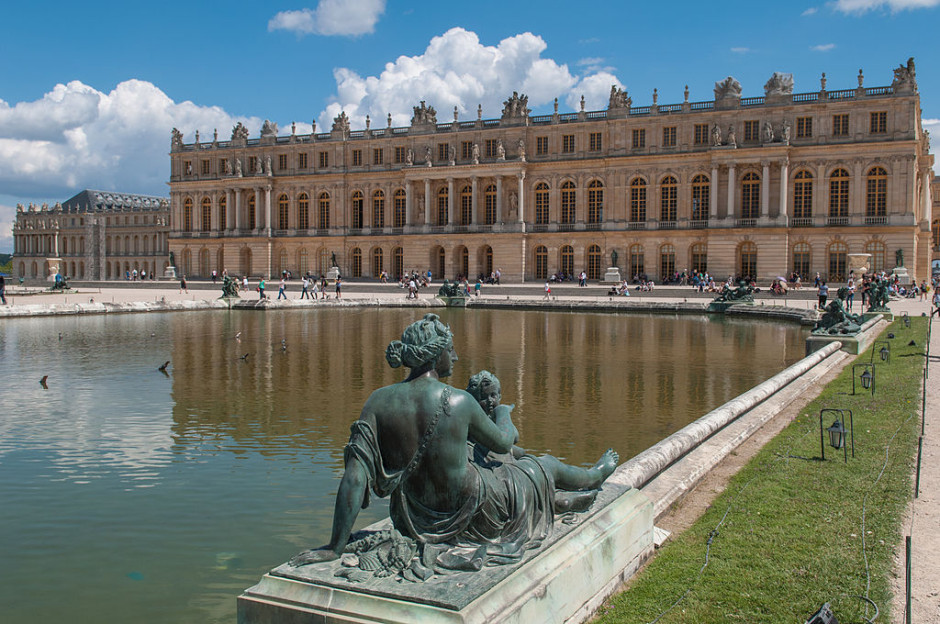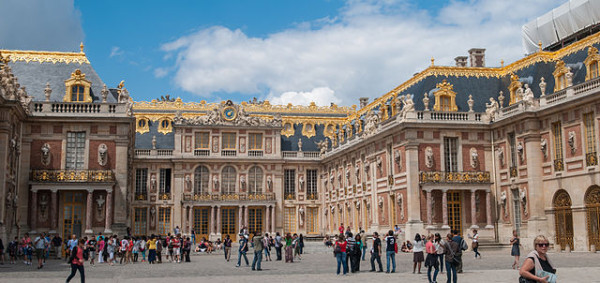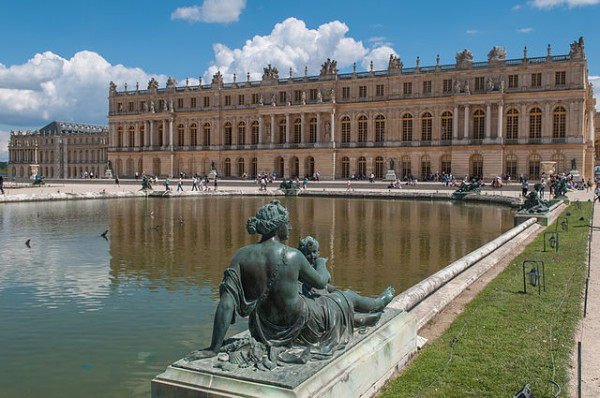
The Chateau de Versailles, one of the crown jewels of France’s tourist industry, dazzles the senses with its inspired architecture, ornate furnishings and formal gardens.
A short distance by car from Paris, it transports a traveller to a bygone world.
Until the 1789 French Revolution, Versailles was the opulent seat of kings. When mobs stormed Versailles, they pillaged it in a frenzy of rage, murdering guards and dragging King Louis XVI and his wife, Marie-Antoinette, to their executions.
Having been abandoned, Versailles fell into decrepitude, degenerating into a forlorn and forgotten ruin. As it mouldered away, there was talk of demolishing it altogether. In 1837, however, King Louis-Philippe decided to convert it into a museum celebrating the glories of France.
Restoration work did not begin in earnest until after World War I. The Rothschilds, the legendary bankers, supplied much of the funding. American donors pitched in, too.
Exterior view of the palace
Versailles’ origins are humble, having originally been a hunting lodge during the reign of Louis XIII in the 17th century. His son, Louis XIV, the Sun King, expanded it into a palatial castle of red bricks, stone work and a slate roof.
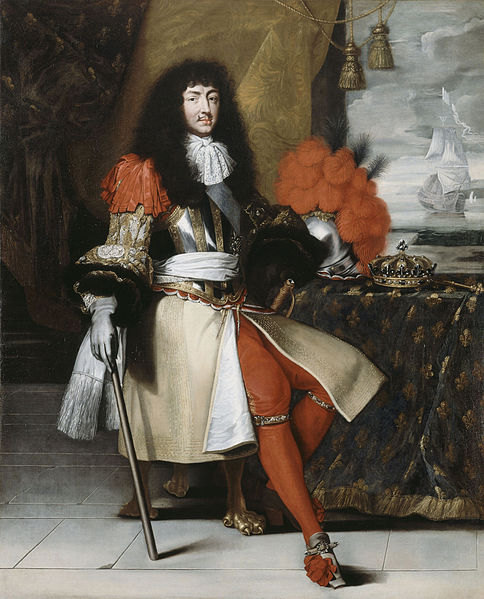
The finest talents of the day were recruited to sate his tastes and whims — the architects Louis Le Vau and Jules Hardouin-Mansart, the interior designer and painter Charles Le Brun and the landscape architect Andre Le Notre. Construction began in 1664 and lasted for about half a century, until the death of Louis XIV. Thirty thousand workers toiled on the project.
Versailles served as a court where Louis XIV could keep a close watch on obsequious but scheming nobles. Its 700 rooms were occupied by anywhere from 6,000 to 20,000 guests.
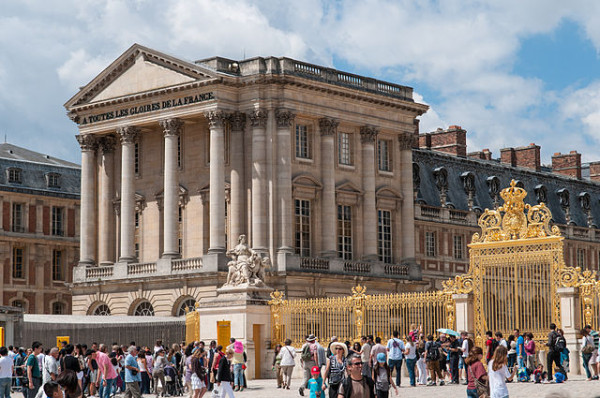
Only a small proportion of the rooms are open to the public today — the palace, the grand halls and the bedrooms, all of which are splendid.
A one-hour guided tour starts at the royal chapel, resplendent in 24-carat gold decor and oversized doors. The Hercules ballroom, clad in French and Italian marble and graced by friezes attributed to the artist Francois Lemoyne, is just as impressive. The Apollo Salon, where the monarch received guests as he sat on his padded throne, is a model of decorum.
The Hall of Mirrors is Versailles’ piece de resistance, a 75-metre long ballroom with huge mirrors and windows on each side. The mirrors reflect the ceiling frescoes of Louis XIV’s youth, while the windows offer excellent views of the gardens.
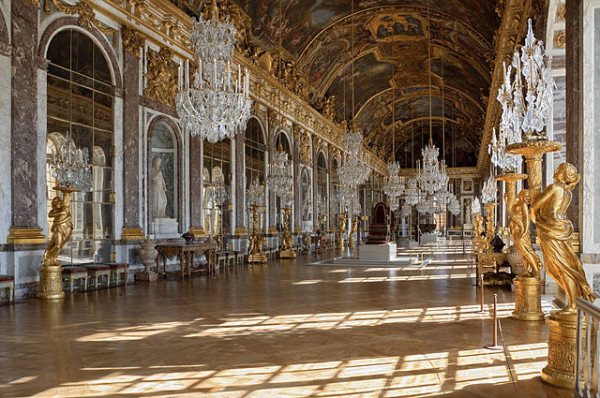
It is so stunning that it has been the venue of three important historic conferences. In 1783, the first Treaty of Versailles formally ended hostilities between France and Britain. In the wake of the 1870 Franco-Prussian War, the new German Empire was proclaimed here. And in 1919, the second Treaty of Versailles tied up all the loose and messy ends of World War I, supposedly the war to end all wars.
The next stop on the tour is Marie-Antoinette’s bedroom, its walls covered in silk tapestries and its space almost filled by her queen-size bed. The adjoining room, the Grand Couvert Antechamber, is dominated by a placid portrait of Marie-Antoinette and her three children.
The Coronation Room is a repository of heroic paintings of Napoleon by Jacques-Louis David. The nearby Hall of Battles, two storeys high and 188 metres in length, celebrates the battlefield victories of French generals through paintings and busts.
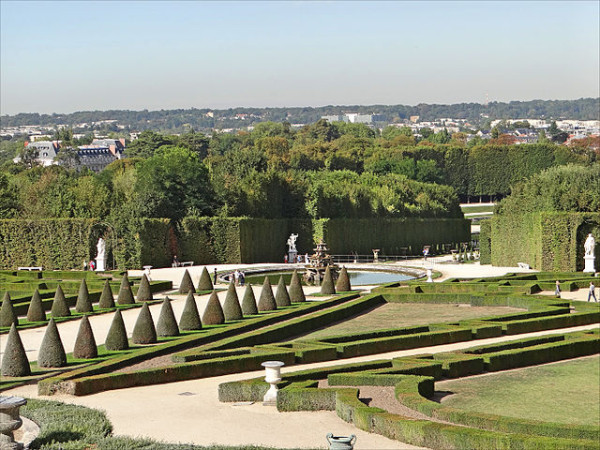
A visit to Versailles would be incomplete without a stroll through its 800-hectare park. Finished in 1770, the manicured gardens consist of tree-lined paths, flower beds, geometric terraces, ponds, fountains, canals and statuary. A sylvan retreat, the park is particularly attractive in late spring, summer and early autumn.
Judging by Versailles’ grandeur, it’s quite evident that French royalty possessed an insatiable appetite for the good life.
